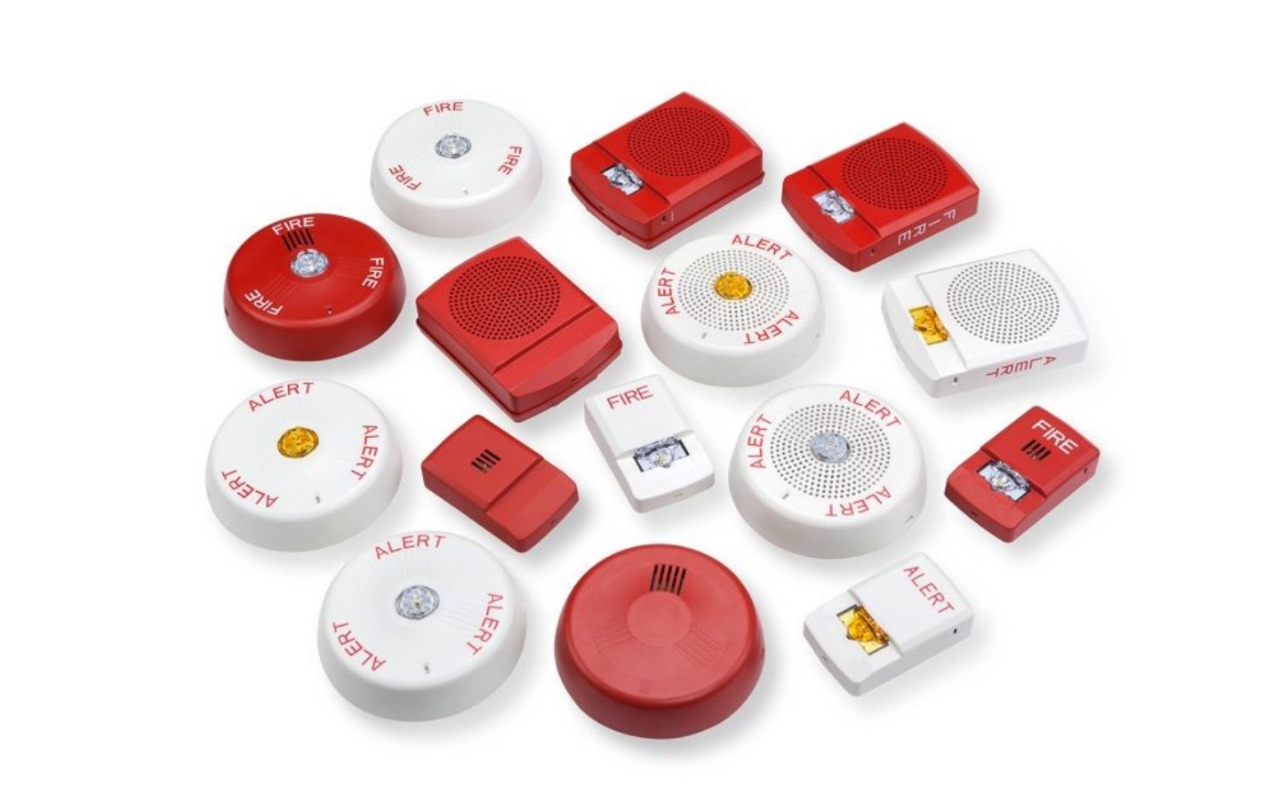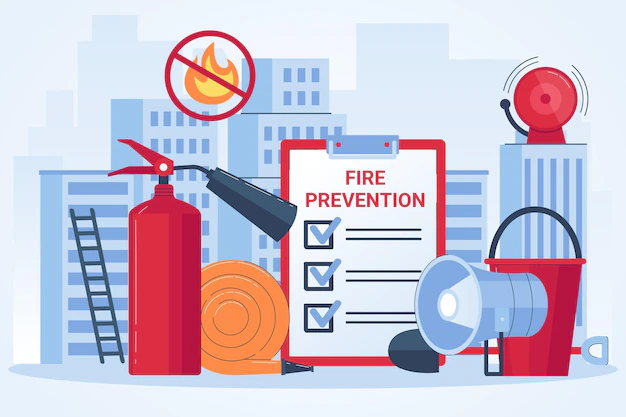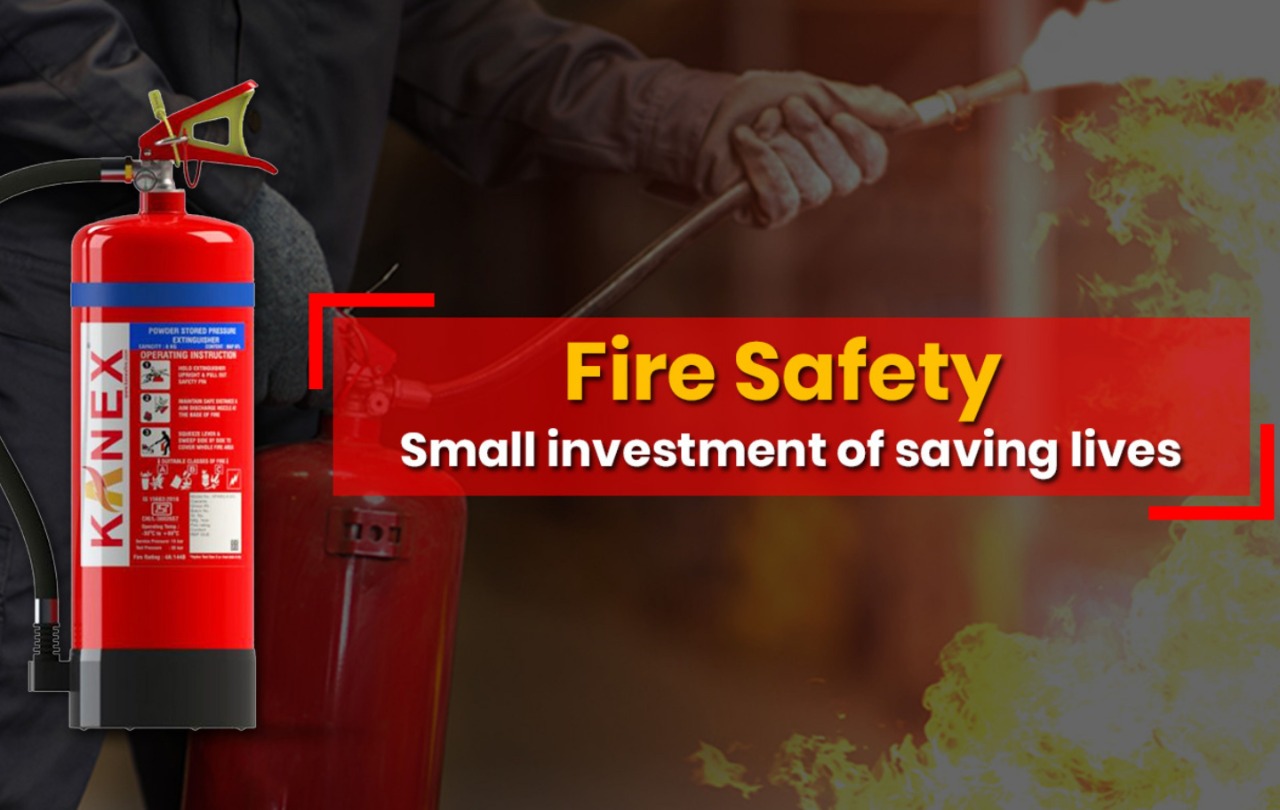
Regardless of which industry you’re in, your facility must have a fire alarm system. It will help to warn your building occupants of potential fire hazards, and to protect your employees, products, and property from harm.
However, simply installing fire alarms isn’t enough. Your alarms must also be inspected and tested on a regular basis (and following any fire alarm system upgrades), ensuring they’ll work properly in the event of an emergency. Let’s take a look at what those fire alarm inspection and testing requirements look like.
How Often Should Fire Alarms Be Inspected and Tested?
Regular fire alarm inspections and tests are important in maintaining the highest levels of safety and protection possible for your facility. Although each system’s inspection and testing schedules can vary based on type, local jurisdiction, and the authority having jurisdiction (AHJ), the National Fire Protection Association (NFPA) has established some general scheduling guidelines.
According to NFPA standards, your fire alarm systems need to be thoroughly inspected and tested weekly, monthly, quarterly, semi-annually, annually every five years, and every 10 years. While many of these inspections and tests can be completed in-house by staff trained in fire safety, some of them do require a licensed fire protection technician to come in. We’ll break down who can do what below:
- In-house, trained staff: weekly, monthly, quarterly
- Licensed fire protection technician: semi-annually, annually, every five years, every 10 years
Fire Alarm Inspection and Testing Requirements
After you’ve figured out your inspection and testing schedule, it’s important to have a checklist of what these inspections and tests entail. While you may already be familiar with some of these fire alarm system basics, below is an overview of fire alarm inspection requirements and fire alarm testing requirements, as established by the NFPA.
Fire Alarm Inspection Requirements
Here is a checklist of all fire alarm components that your trained staff needs to visually inspect on a weekly, monthly, and quarterly basis.
Weekly Fire Alarm Inspection Requirements
- Inspect control equipment, including: fuses, interfaced equipment, lamps and LEDs, main power supply, and control unit trouble signals.
Monthly Fire Alarm Inspection Requirements
- Inspect batteries for any corrosion or leakage.
- Inspect digital alarm communicator receiver (DACR).
- Inspect CO2 detectors.
Quarterly Fire Alarm Inspection Requirements
- Inspect supervisory signaling devices.
- Inspect waterflow devices.
- Inspect radiant energy fire detectors (if applicable).
Fire Alarm Testing Requirements
Apart from inspections, the following fire alarm system components should be tested by your trained staff weekly, monthly, and quarterly.
Weekly Fire Alarm Testing Requirements
- Test batteries in public fire alarm reporting systems.
- Test engine-driven generator in public fire alarm reporting systems.
Monthly Fire Alarm Testing Requirements
- Test batteries in fire alarm systems.
- For lead-acid batteries, perform a 30-minute discharge test and a load voltage test.
- For sealed lead-acid batteries, perform a charger test, 30-minute discharge test, and a load voltage test.
- Test supervising signaling devices and receivers, such as:
- Digital alarm communication receiver (DACR)
- Digital alarm radio receiver (DARR)
- Two-way FR multiplex
- Radio alarm supervising station receiver (RASSR)
- Radio alarm repeater station receiver (RARSR)
Quarterly Fire Alarm Testing Requirements
- Test batteries in central station facilities with tests that are dependent on battery material
- Nickel-cadmium: charger test, load voltage test
- Sealed lead-acid: charger test, 2-hour discharge test, load voltage test
- Test initiating and supervisory signaling devices.
- Test off-premises transmission equipment.
Contact a Licensed Fire Protection Technician for Fire Alarm Inspection and Testing Services
For any annual, semi-annual, five-year, or 10-year fire alarm inspections and tests, contact a licensed fire protection technician. They’ll have a comprehensive checklist of everything needing maintenance to ensure your people, property, and products are protected for years to come.
Been some time since your facility has tested your fire alarms? Vanguard Fire & Security Systems can help! Give our team a call or contact us today for support from our experts.





